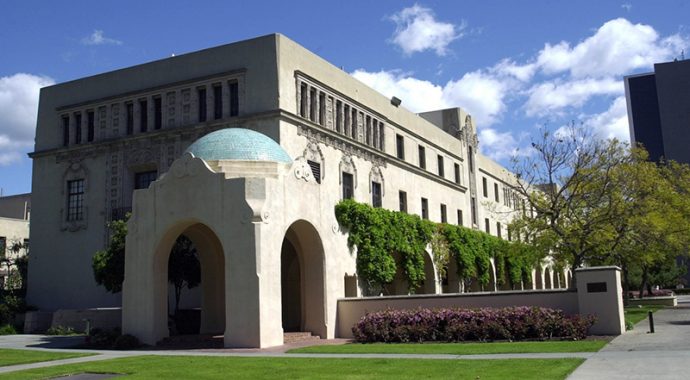
By Elizabeth LaScala, PhD
Located in Pasadena, California Institute of Technology (aka Caltech) is one of the most respected bastions of scientific research in the world. While Caltech has many notable alumni, including astronauts and Nobel Prize-winning scientists, it is also well represented in novels, movies, and television productions. The “host school” for the 12-season Big Bang Theory sitcom, Caltech employed Drs. Sheldon Cooper, Leonard Hoftstadter and Rajesh Koothrappali as physicists as well as Howard Wolowitz as an aerospace engineer. Sheldon, the physics prodigy played by Jim Parsons, earned at least one of his PhDs from Caltech.
Caltech attracts serious scientists/engineers. But not all Caltech students major in science or engineering. The institute calls majors “options” because students have the option to literally design their education. All Caltech students complete a rigorous Core Curriculum in the sciences, mathematics, humanities, and social sciences before choosing their option. Unique options in the sciences include Aerospace, Computational & Neural Systems and Structural Mechanics, among others. Options outside the sciences and engineering include Business, Economics & Management, English, History, Political Science, Visual Culture, and more. CalTech also offers a generous summer fellowship opportunity to virtually every undergrad.
If you can get into Caltech, chances are you can do the work. Ninety-seven percent of the freshmen who entered Caltech in 2022 returned for their sophomore year. Caltech grades pass-fail for the first and second trimester. This helps first-year students to concentrate on the more demanding workload in the transition from high school to college without having to worry about grades. It also leads students to find friends, faculty and staff who can help them through the inevitable struggles.
Caltech has a strong culture of collaboration not only in the academics, but also within the house system. It has eight houses with 100 to 125 members in each one. Incoming freshmen move in, then rotate to visit and interact in the different houses over two weeks. Their final housing assignment comes at the end. Beavers do not need to affiliate with a house throughout their entire undergraduate education, but the houses appear to be the social centers for the campus community.
Caltech uses Restrictive Early Action instead of Early Decision. Caltech will allow applicants to apply Early Action to other schools under certain conditions, which are spelled out carefully on their website. But Caltech must be your clear first choice for Restrictive Early Action. Also, unlike other exceptionally selective colleges, Caltech admission is test free.
Caltech is a great place for an open-minded and exceptionally motivated STEM student with an inclusive spirit that will be served well through the residential houses and campus events; this kind of cooperative student body is hard to beat in such a competitive environment.
Private: 982 undergraduates, 1,419 graduate students
3% acceptance rate; test free;
9% International, 68% Diversity, 64% Out of State
Student-Faculty: 3 to 1



